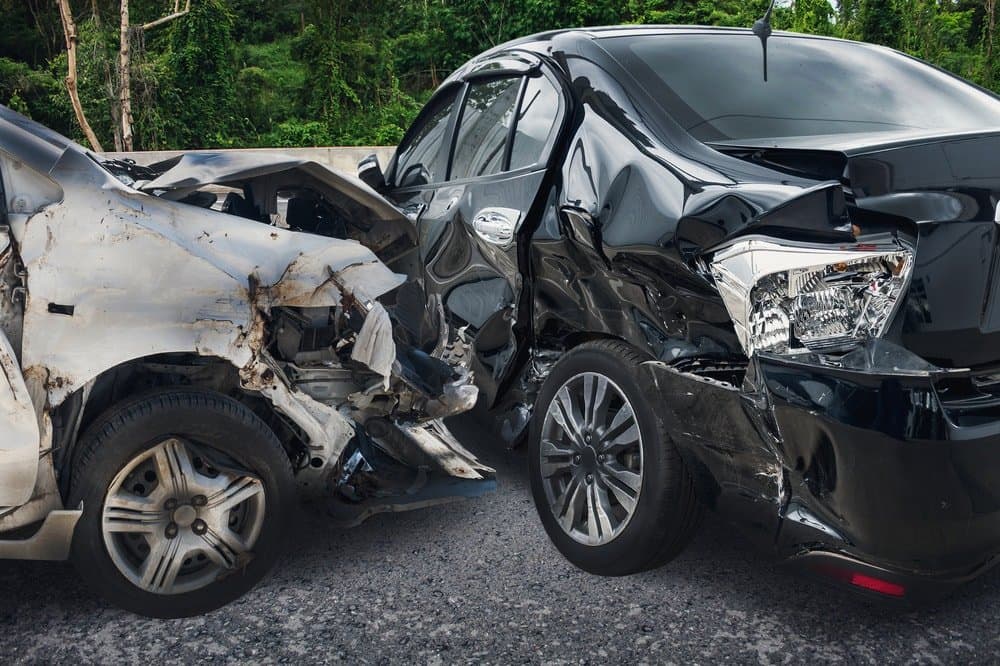
Certain technologies, including the following, have been found to contribute to automobile accidents, according to Jason Stone Injury Lawyers:
Mobile phones
According to National Safety Council (NSC) research, nearly 26% of all vehicle accidents involve a distracted driver. Drivers may be conversing, texting, responding to email, or configuring a navigation system, all of which divert their attention away from the road.
Automobile infotainment systems.
These systems were initially developed to let drivers operate their phones, navigation systems, and other electronics without having to take their hands off the wheel. While the concept is sound, drivers must still program or otherwise interact with their vehicle’s infotainment system. Even conversing with the system will divert a driver’s attention away from the road. Indeed, the NSC advises that when people speak, they lose approximately 50% of what is going on around them.
Automobiles that drive themselves
These automobiles have been making headlines recently, particularly those involved in accidents. Self-driving vehicles are still evolving, posing a slew of legal and insurance risks.
Having said that, the following technologies reduce automobile accidents:
Systems for alcohol screening.
Courts frequently order individuals convicted of driving while intoxicated to put an ignition interlock device (IID) in their car. The car will not start if the device detects alcohol on the driver’s breath. Additionally, several automobile manufacturers are developing equipment that uses infrared touch devices to detect alcohol in the blood. This advancement may eventually eliminate drunk driving.
Stability in electronic systems
These systems have been around for a long period of time yet continue to improve. They are intended to decelerate individual wheels on icy and slippery roads or in other situations where wheels lose control.
Headlights that adapt
According to the Insurance Institute for Highway Safety (IIHS), these lamps contribute to a 10% reduction in accidents. Adaptive headlights rotate in lockstep with the vehicle, such as on curves and around dark corners.
Assistance with parking
This technology, which is beneficial for those who have difficulty parallel parking, detects vehicles and other objects in parking spaces. Certain parking assist systems will even park the vehicle without the driver having to touch the steering wheel. Additionally, they can assist drivers in safely reversing into parking spaces.
360-degree cameras
Vehicle camera technology is advancing at a rapid pace. Drivers can see behind and around their vehicle with 360-degree cameras, which is especially useful while backing out of a driveway. Additionally, they will notify drivers if someone is in close proximity to the vehicle, such as tiny children, or if someone is riding or strolling behind the vehicle.
Alerts for drowsy driving
Certain vehicles include technologies that notify drivers when it’s time to take a break based on how long they’ve been driving.
Detectors of blind spots
The majority of drivers have experienced close calls while changing lanes. Cars in the blind spot are difficult to see. Many modern automobiles incorporate mirrors or cameras that aid drivers in identifying objects in their blind zones.
Improved airbags
Numerous automobile manufacturers are constantly increasing the safety and efficacy of airbags with each new model. Additionally, many vehicles now come equipped with side and rear seat airbags.